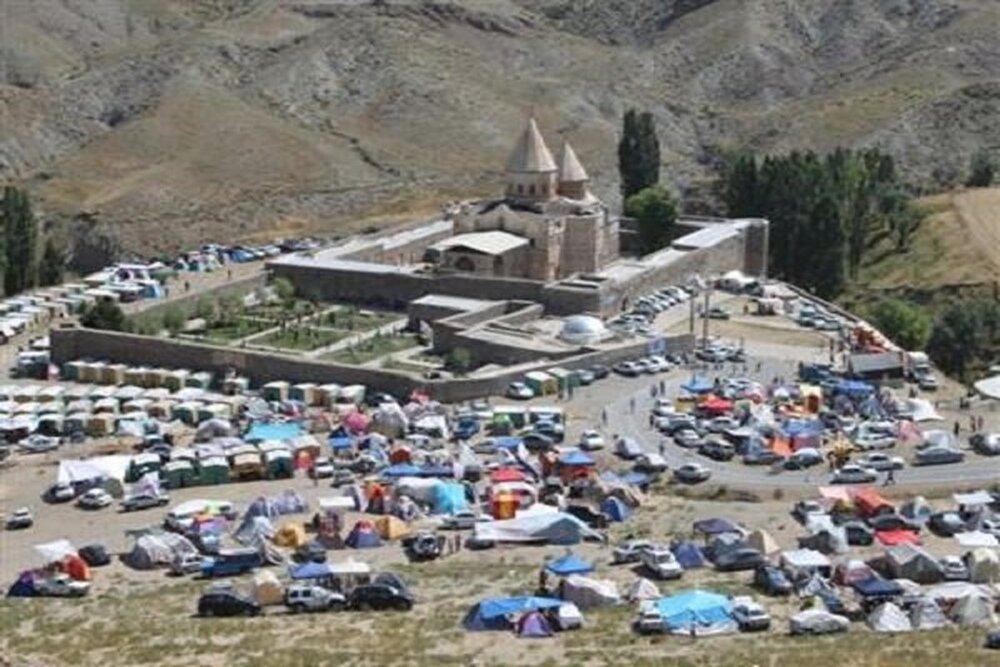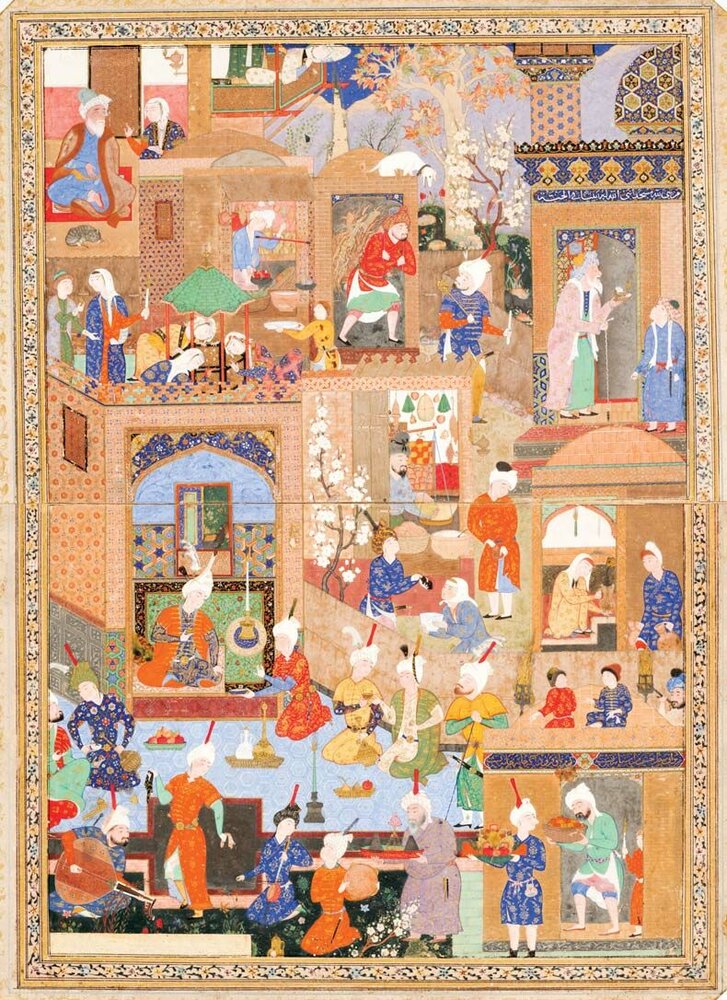Iran’s art of miniature, pilgrimage to St. Thaddeus listed as UNESCO Intangible Cultural Heritage

TEHRAN – Iran’s art of miniature along with pilgrimage to the St. Thaddeus apostle monastery have been recognized by UNESCO for their cultural significance.
The United Nations’ heritage body accepted the art of miniature as a common tradition between the Islamic Republic, Azerbaijan, Turkey, and Uzbekistan during the fifteenth session of the Intergovernmental Committee for the Safeguarding of the Intangible Cultural Heritage, which is running online from December 14 to 19.
Besides, pilgrimage to the St. Thaddeus apostle monastery jointly secured a place on the global list of traditions worthy of protection for Iran and Armenia.
The art of miniature and pilgrimage to the St. Thaddeus respectively became Iran’s 15th and 16th items on UNESCO’s intangible cultural heritage list, joining traditional skills of crafting and playing Dotar; Chogan, a horse-riding game accompanied by music and storytelling; and the traditional skills of carpet weaving in Fars.
The art of miniature
The miniature is a type of two-dimensional artwork that involves the design and creation of small paintings on books, paper-mâché, rugs, textiles, walls, ceramics, and other items using raw materials such as gold, silver, and various organic substances.
Historically, the miniature was exemplified by book painting in which the text was supported visually, but the element has evolved and can also be observed in architecture and as an adornment in public spaces.
The patterns of the miniature represent beliefs, worldviews, and lifestyles in a pictorial fashion and also gained a new character through the Islamic influence. While there are stylistic differences between them, the art of miniature as practiced by the submitting States Parties shares crucial features. In all cases, it is a traditional craft typically transmitted through mentor-apprentice relationships (non-formal education) and considered as an integral part of each society’s social and cultural identity.

The miniature displays a specific type of perspective in which the size of the figures changes according to their importance - a key difference between realistic and naturalistic styles. Though it has existed for centuries, it continues to develop and thus strengthens the bonds between past and present. Traditional painting principles and techniques are preserved, but artists also bring individual creativity into the process.
Pilgrimage to the St. Thaddeus
The annual three-day pilgrimage to St. Thaddeus Apostle Monastery in northwestern Iran is held each July. The pilgrimage venerates two prominent saints: St. Thaddeus, one of the first apostles preaching Christianity, and St. Santukhd, the first female Christian martyr.
The bearers of the element are the Armenian population in Iran, Iranian-Armenians residing in Armenia, and followers of the Armenian Apostolic Church. Pilgrims gather in Tabriz before departing for the monastery. They cover 700 kilometers from Yerevan to the monastery annually.
The commemoration ceremony includes special liturgies, processions, prayers, and fasting. It culminates in a Holy Mass with Holy Communion. Special times are set aside for traditional Armenian folk performances and Armenian dishes are served. The pilgrimage is the primary social and cultural event of the year.
Because attendees reside in tents near one another, the sense of community is enhanced. The monastery has been a pilgrimage site for over nineteen centuries. However, during the years of Soviet power in Armenia, participating in the pilgrimage was prohibited. Bearers of the element preserved cultural memories of the pilgrimage and transmitted them to families and communities. Only after independence in the 1990s was the pilgrimage from Armenia resumed.
Two Iranian elements fail
During the session, UNESCO experts investigated four Iranian elements, concluding the ancient festival of Mehregan, and the skills of making and playing the oud (a stringed instrument) were not qualified to be added to the prestigious list.
Iran was slated to register the festival jointly with Tajikistan, and the skill of making and playing the instrument with Syria. Due to the limitations of UNESCO for the registration of each country’s intangible heritage, the dossiers of the elements had been prepared jointly with neighboring countries, according to Mohammad-Hassan Talebian, Iran’s deputy minister of cultural heritage.
Mehregan Festival typically brings together clusters of Iranian Zoroastrians in celebration of Mithra, an ancient goddess of friendship, affection, and love. The celebrations are usually opened up with keynote speeches by Zoroastrian religious figures and officials, followed by Shahnameh recitations, exciting contests, and other joyful customaries. Falling on the 196th day of the Iranian calendar year, which usually equals October 2 in the Gregorian calendar, the festivity was used to be a traditional autumn harvest festival with several accounts on its origins.
Oud is a short-neck lute-type, pear-shaped stringed instrument, which is thought that was invented by nomad tribes since it was light and mobile. Oud’s warm and fluid sound makes it a versatile instrument in solo performances and showcasing the nuances of Persian music. It comes in different sizes, Arabic ouds have bigger size bodies and Turkish ones are smaller and Persian ouds usually fall in between.
AFM/
Leave a Comment